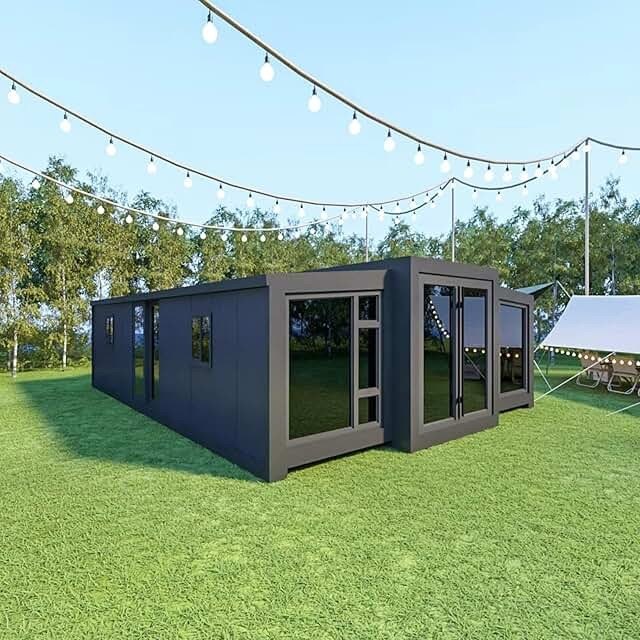Did you know that along with clothing, housewares, electronics, and books, you can now purchase an actual tiny home or accessory dwelling unit (ADU) on Amazon? It’s true.
For anywhere from $8,500-$55,000, you can just order up a house and have it shipped to you (often with free delivery). But before you hit “add to cart,” it’s imperative that you learn the ABCs of ADUs.
To begin with, ADUs are additional small housing structures built on a property that already has a main home or main structure. Tiny homes are usually freestanding, compact units typically under 400 square feet—sometimes on foundations or other times on wheels like an RV. But in both cases, the structures are economical and effective ways to achieve additional living space.
“As urban populations swell and sustainability becomes a central focus, the ability to build smaller, energy-efficient homes with reduced environmental impact will be key,” says Paul Dashevsky, co-CEO of Maxable, a leader in ADU planning, building, and development.
But while tiny homes and ADUs may indeed be poised to make a positive impact toward solving the housing crisis, potential buyers need to know that you can’t just plop one anywhere you please. Not to mention, tiny homes ordered online will probably also require hiring a contractor to help with assembly (adding to the overall cost).
With all that in mind, let’s dig into the details you must know prior to purchasing any ADU or tiny home. Because the last thing you want is to find yourself trying to return an entire house to sender.
Understand what you are buying
While it can be exciting to imagine buying a “house” for $10,000 online, it’s very important to not just look at the photos and think that’s what will arrive. Read the fine print and all the reviews.
“Are you buying a complete tiny house that comes fully built, transported and rolled/craned into your backyard—or are you buying a bunch of parts that need to be assembled?” asks Dashevsy. “If assembly is required, make sure you first speak to a local contractor and determine the price of assembly.”
Though some of the advertisements—like this two-story foldable container home—say they only require five people to assemble it in 30-minutes, are you really going to feel confident asking a couple friends over—with the promise of pizza and beer afterward—to get the job done?
The reality is that most people—unless they’re cool with an adult-sized Lego project—will need a skilled contractor to assist with a tiny home or ADU build. Dashevsky suggests looking for a licensed general contractor with ADU experience. “You can find them through referrals or on sites like GreatBuildz, Angi, or Yelp,” says Dashevsky.
As for the cost, it varies according to the type of tiny home or ADU.
“A brand new ADU built on your site will greatly depend on your region and the size of the ADU, but a good range is $80,000 to $400,000,” says Dashevsky, though assembling a prefab ADU may run less predicated on its complexity.
Speak with your city/county zoning and building departments
Before you buy a prefab ADU or tiny home, you must make sure that the city or county you live in allows for such dwellings on your property.
You can start by doing an Internet search for this information. Look for your city’s planning or building department. Most will have a website, and you can probably glean some information there.
However, if you’re seriously in the ready-to-buy stage, it’s probably wise to visit one of these offices in person for a consultation. Make sure they allow the kind of tiny home or ADU you’re considering on your property. Also confirm where you’re allowed to install it. And ask about any necessary permits, building codes, and occupancy requirements in your area.
“Essentially, you want to know every single guideline they have for this structure,” says Dashevsky. “The last thing you want is a tiny home you have to sell or return because your city won’t allow it.”
Alternatively, you can hire a local architect who is experienced in ADUs—they should know all the city/county requirements for your location.

